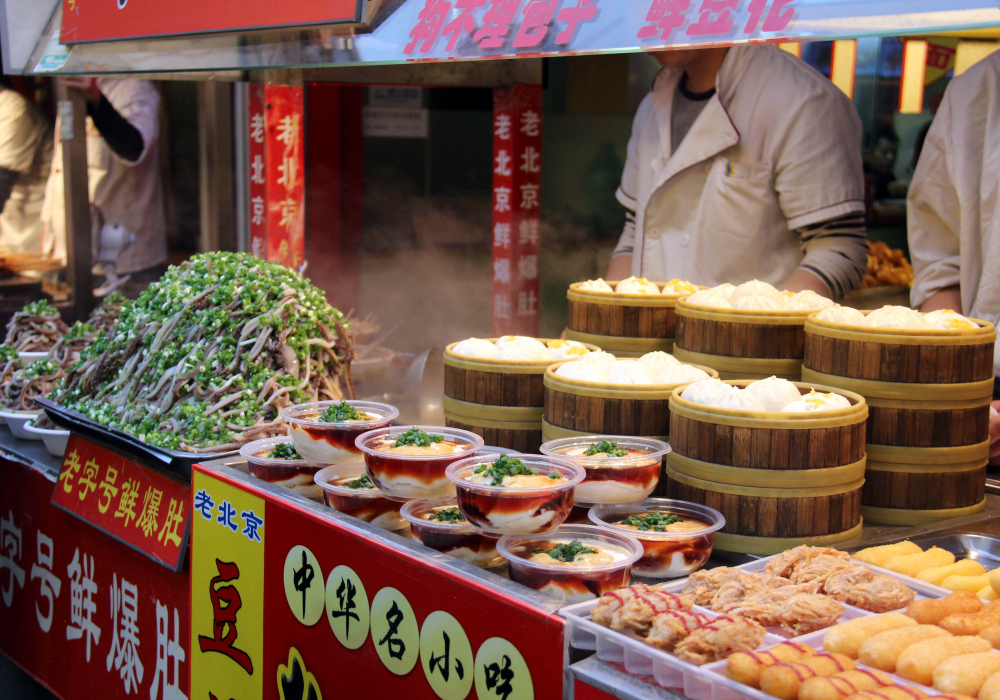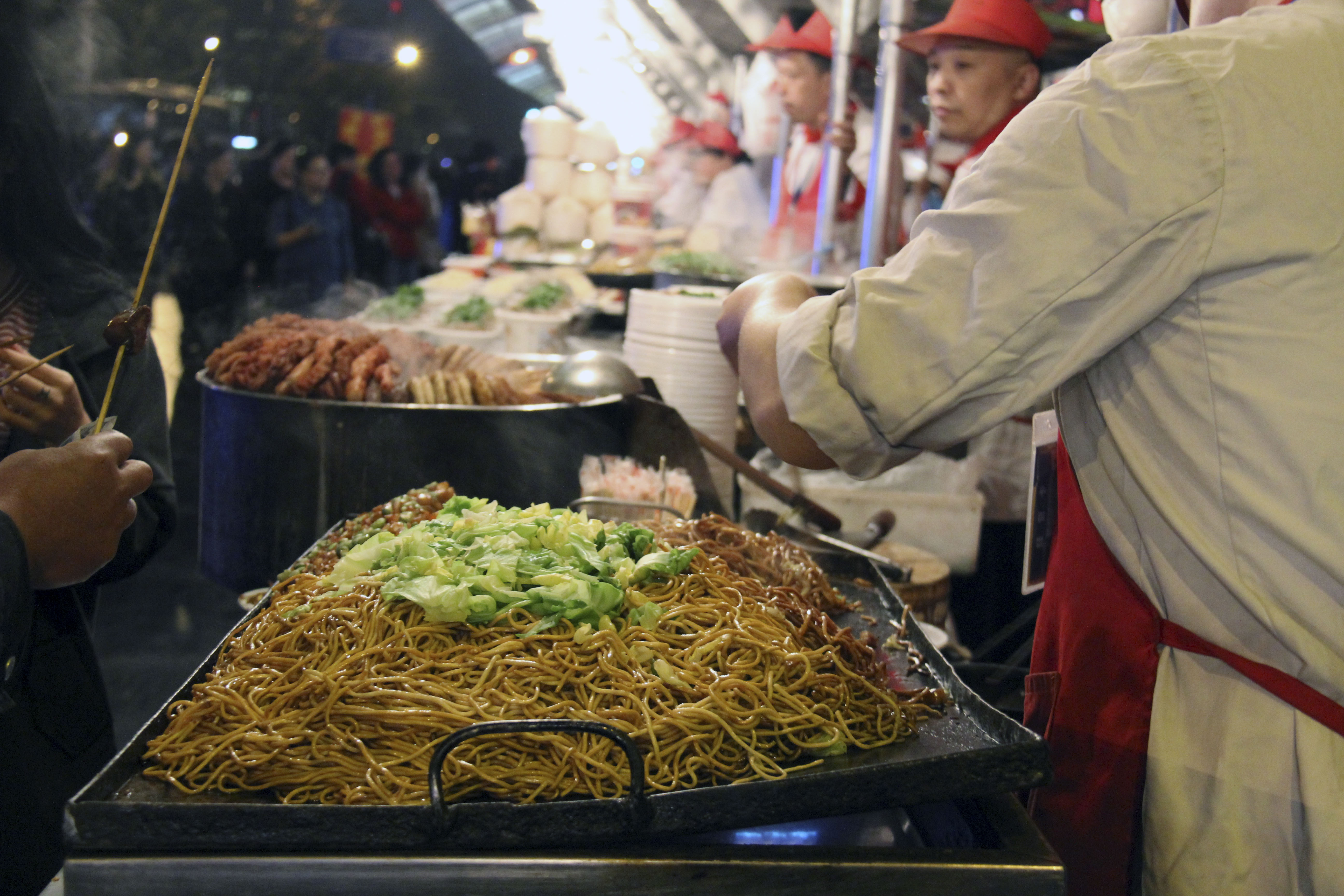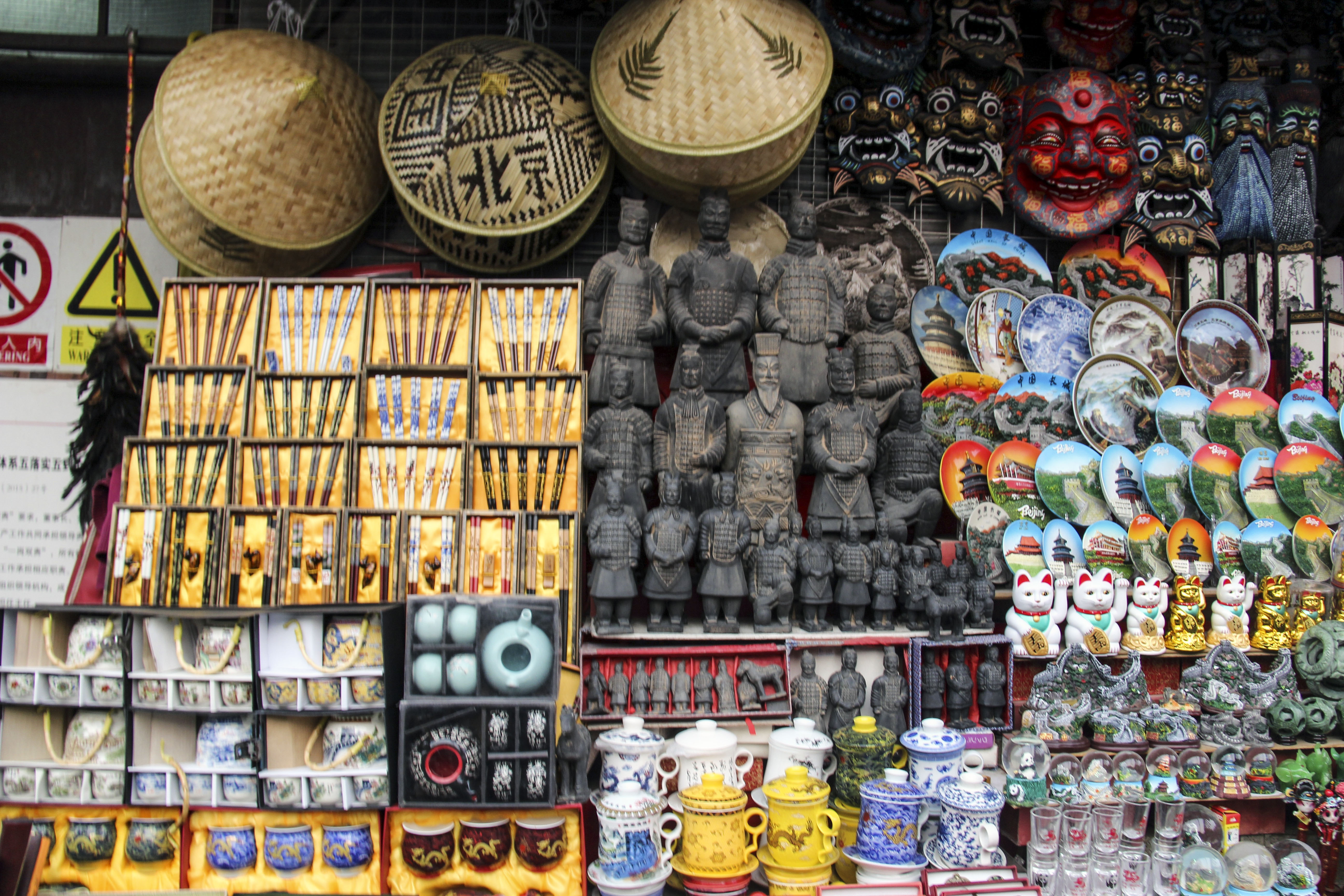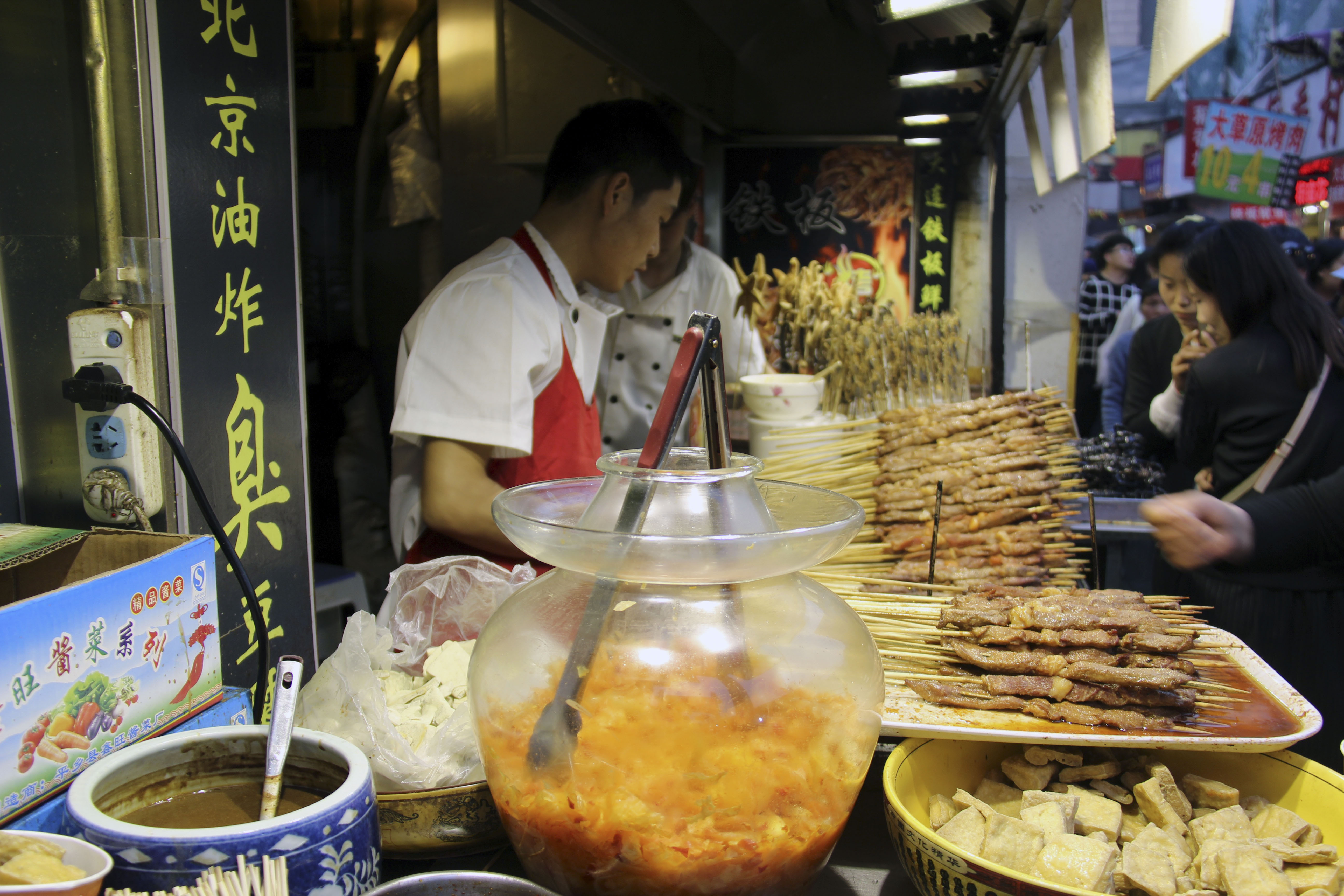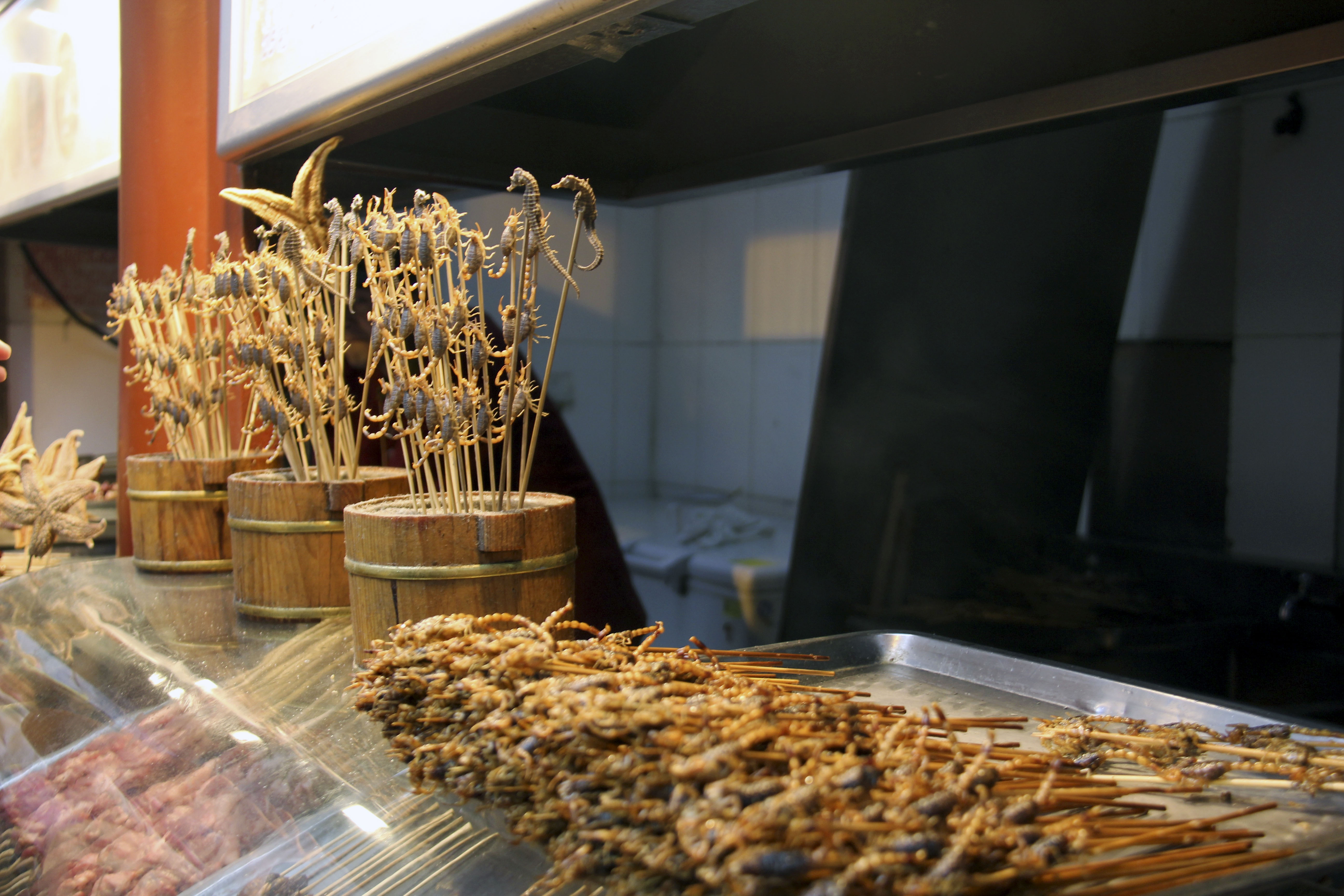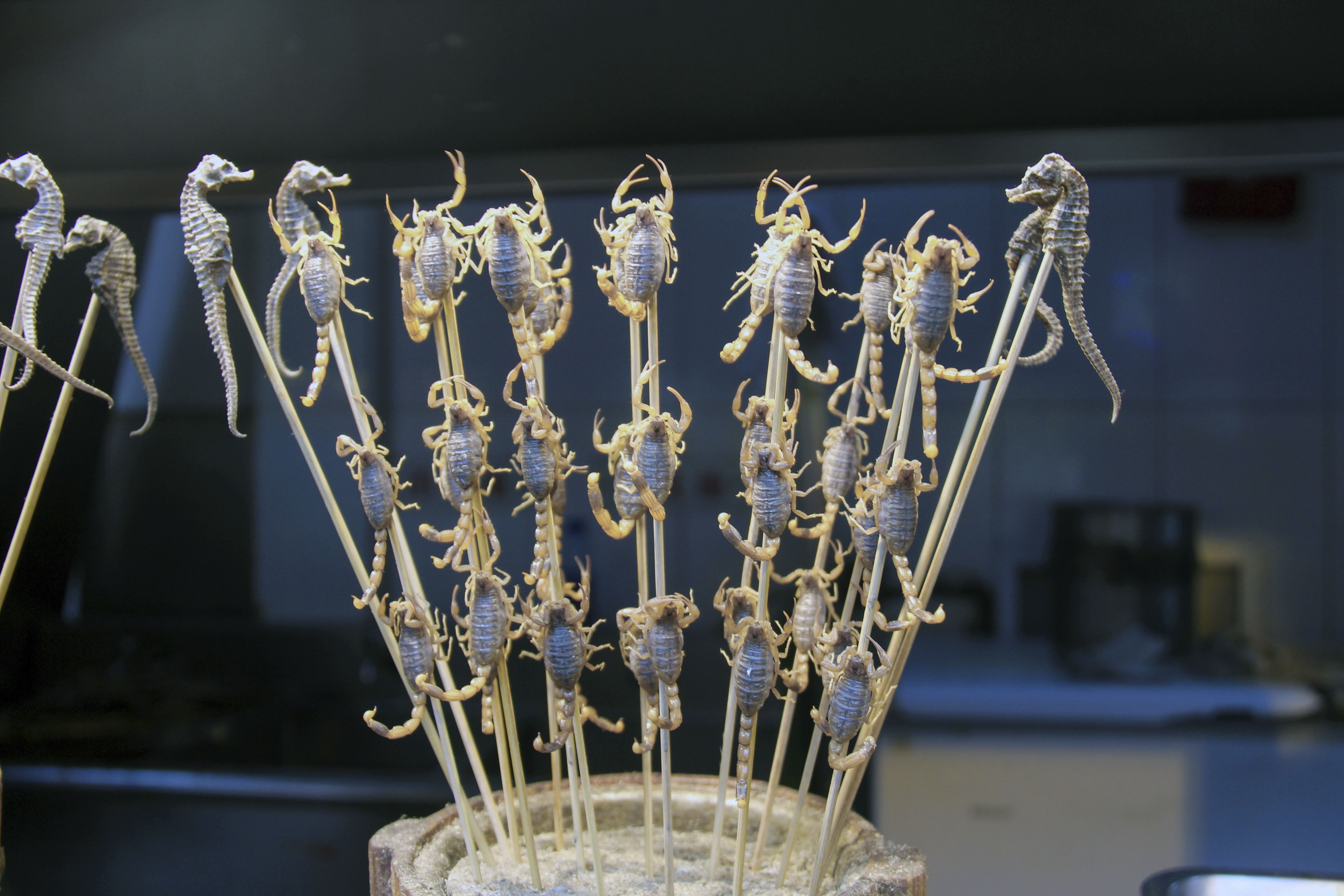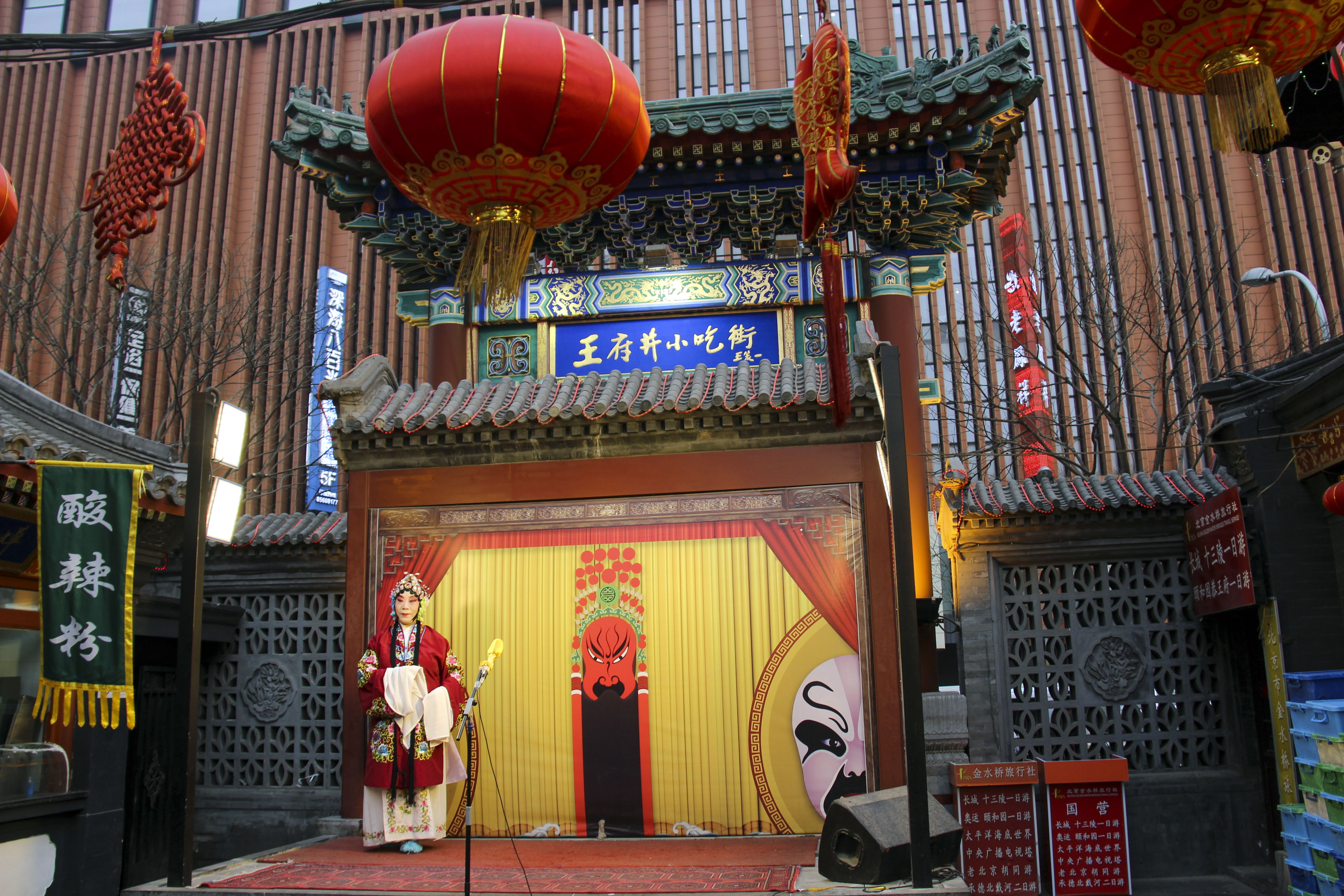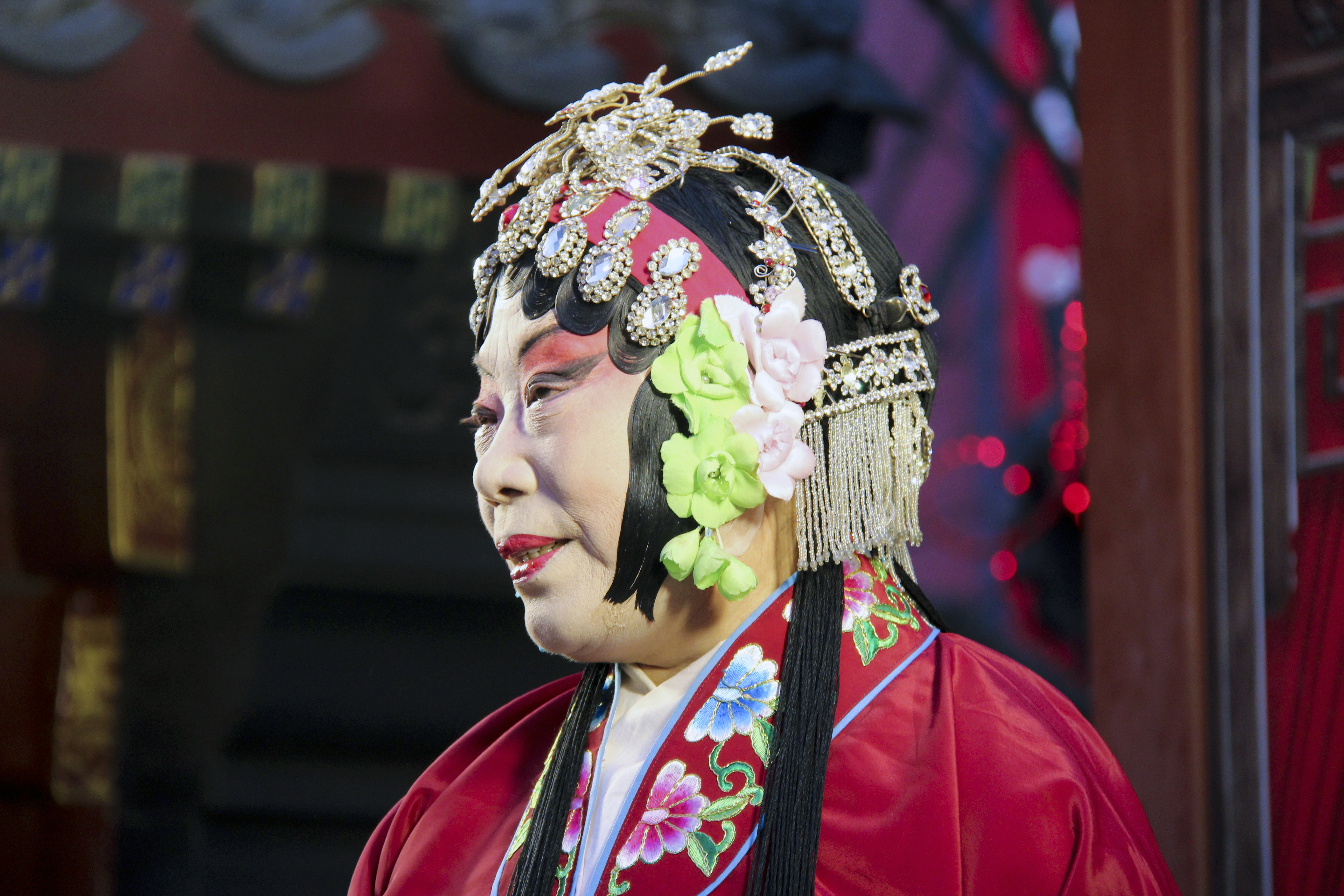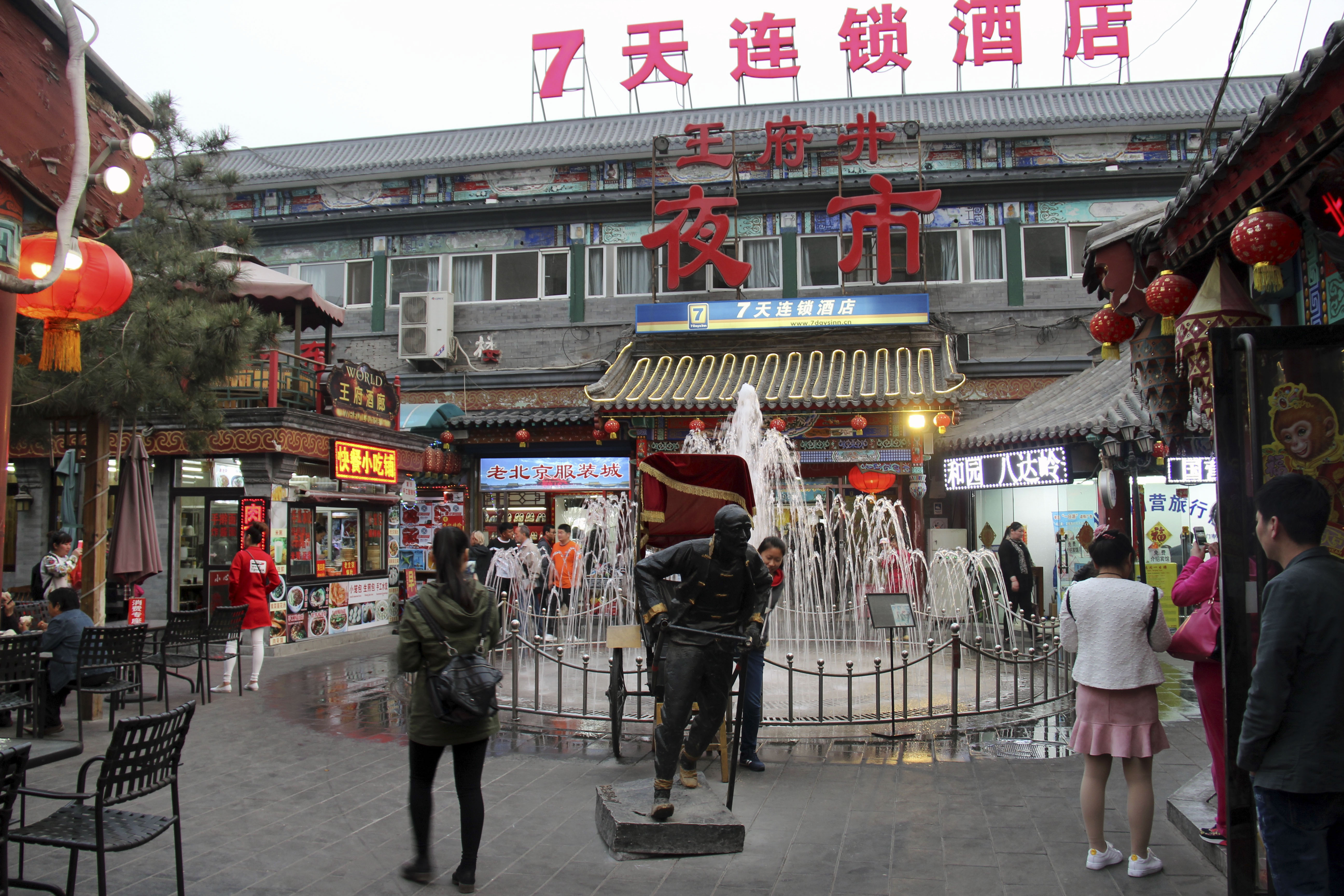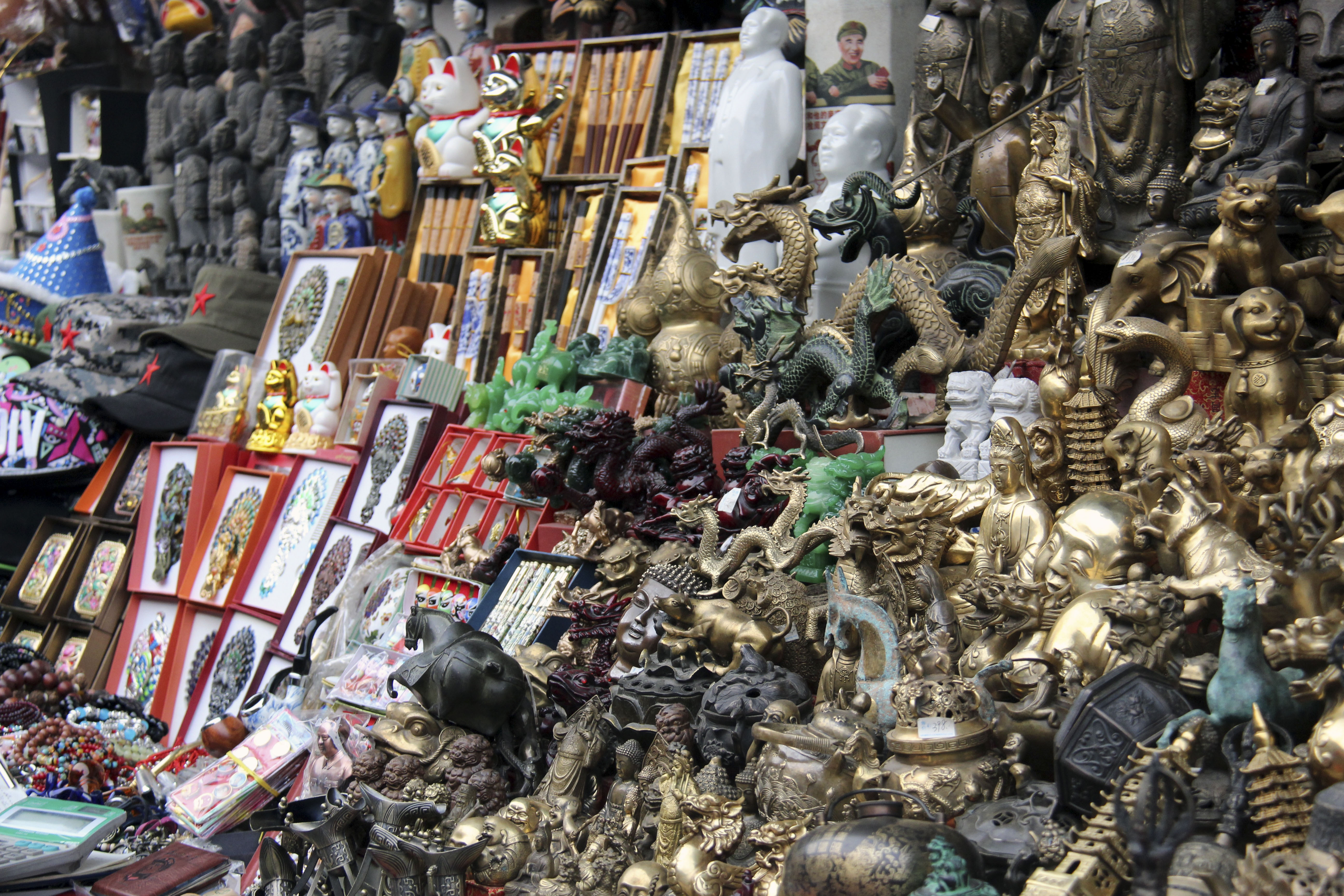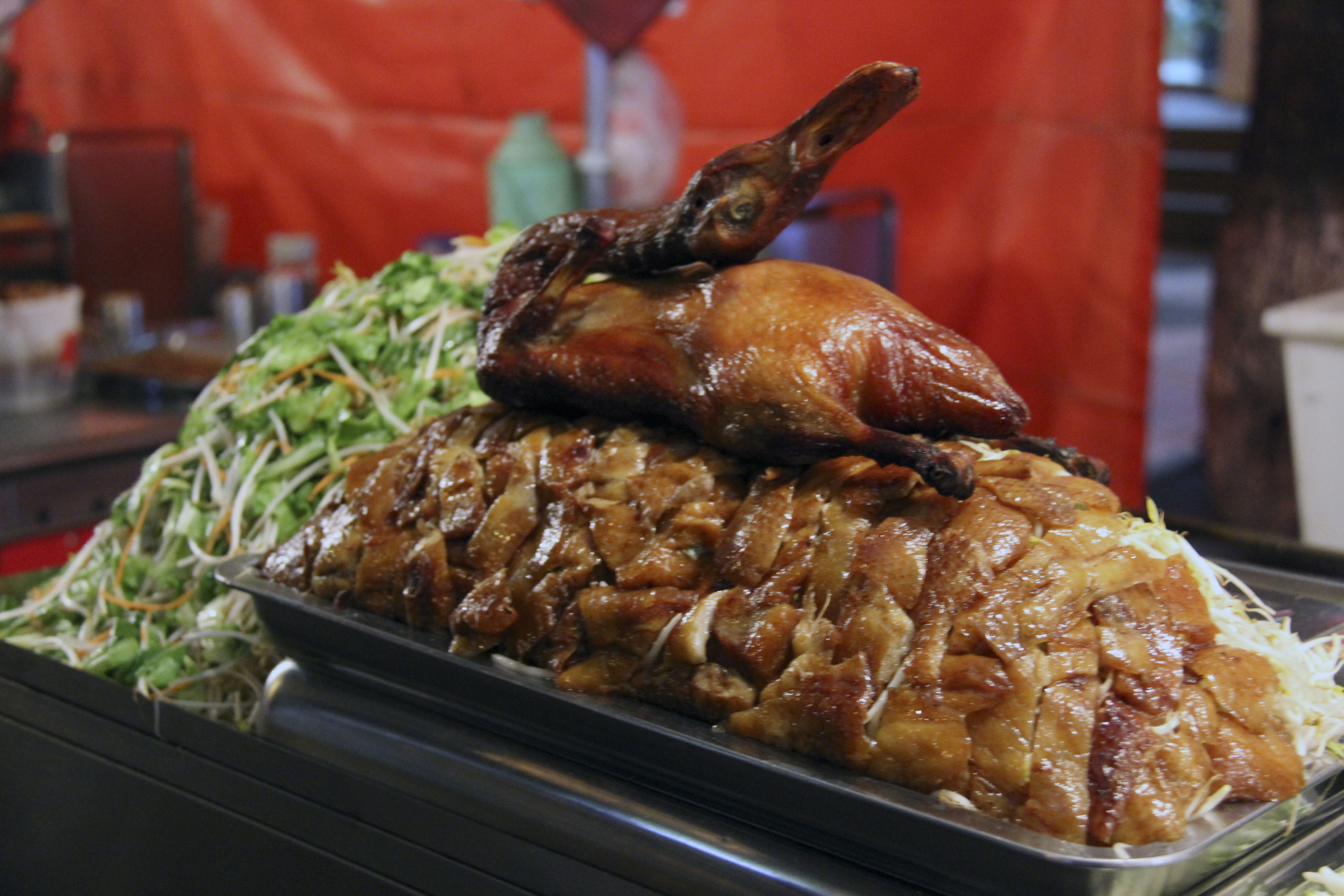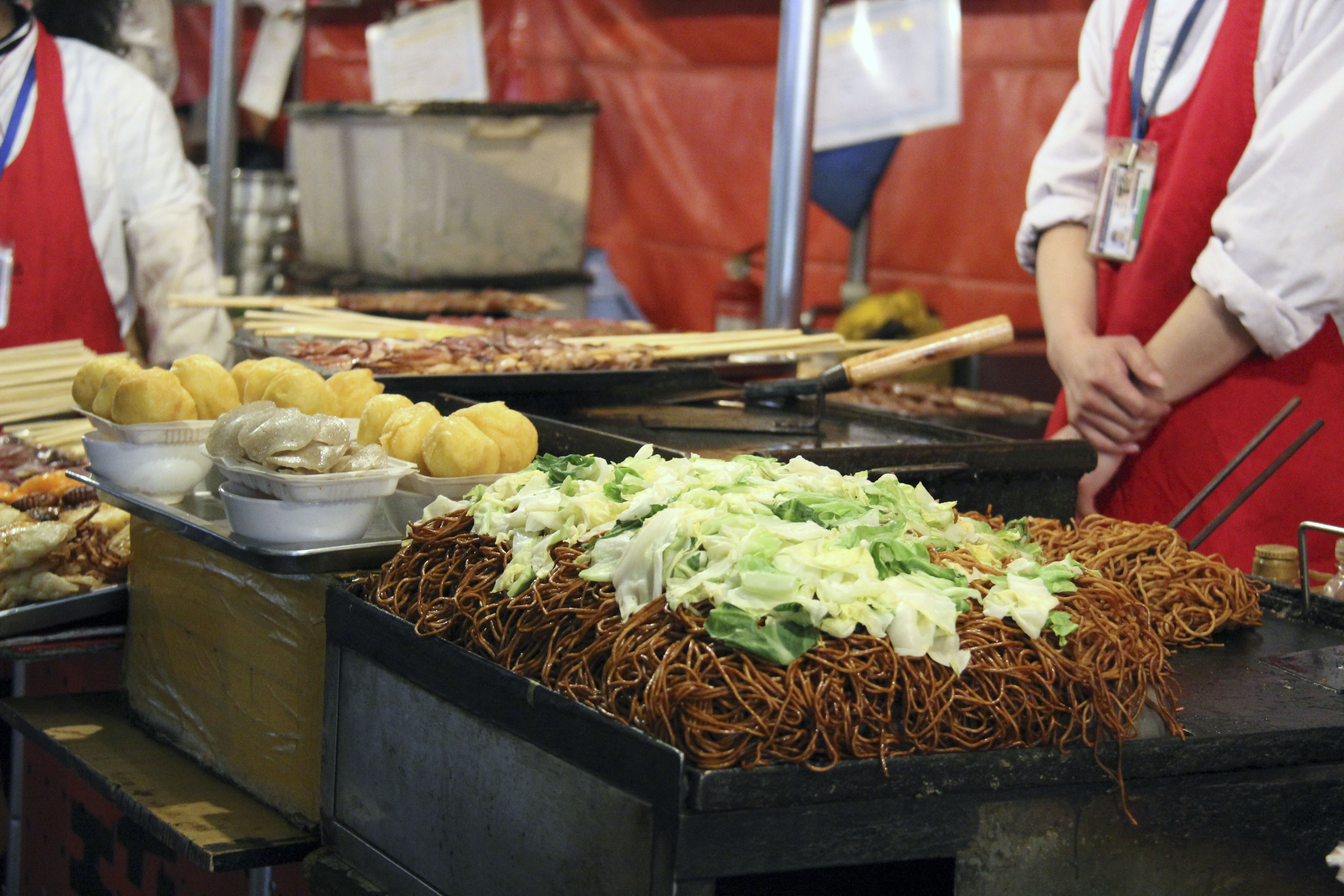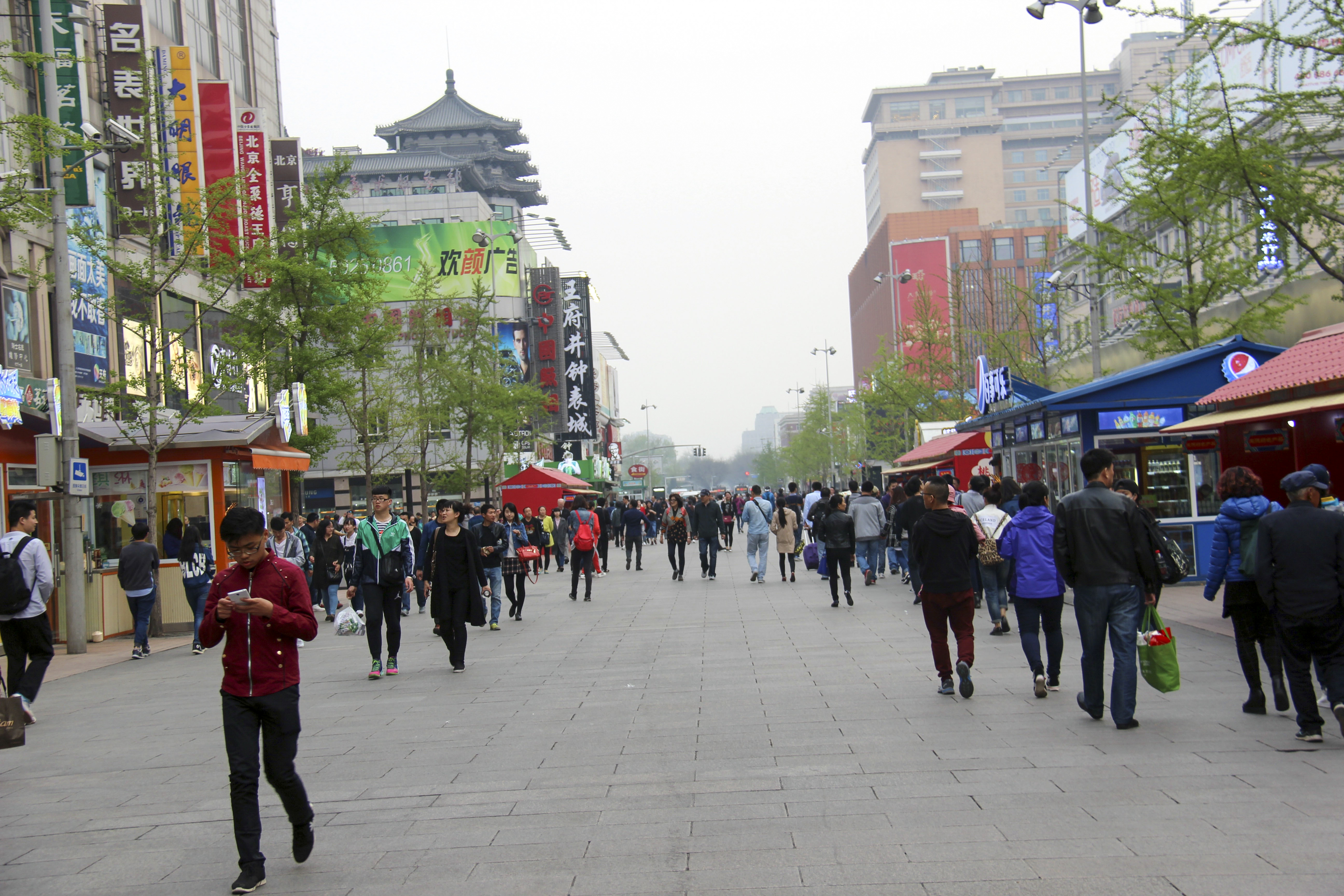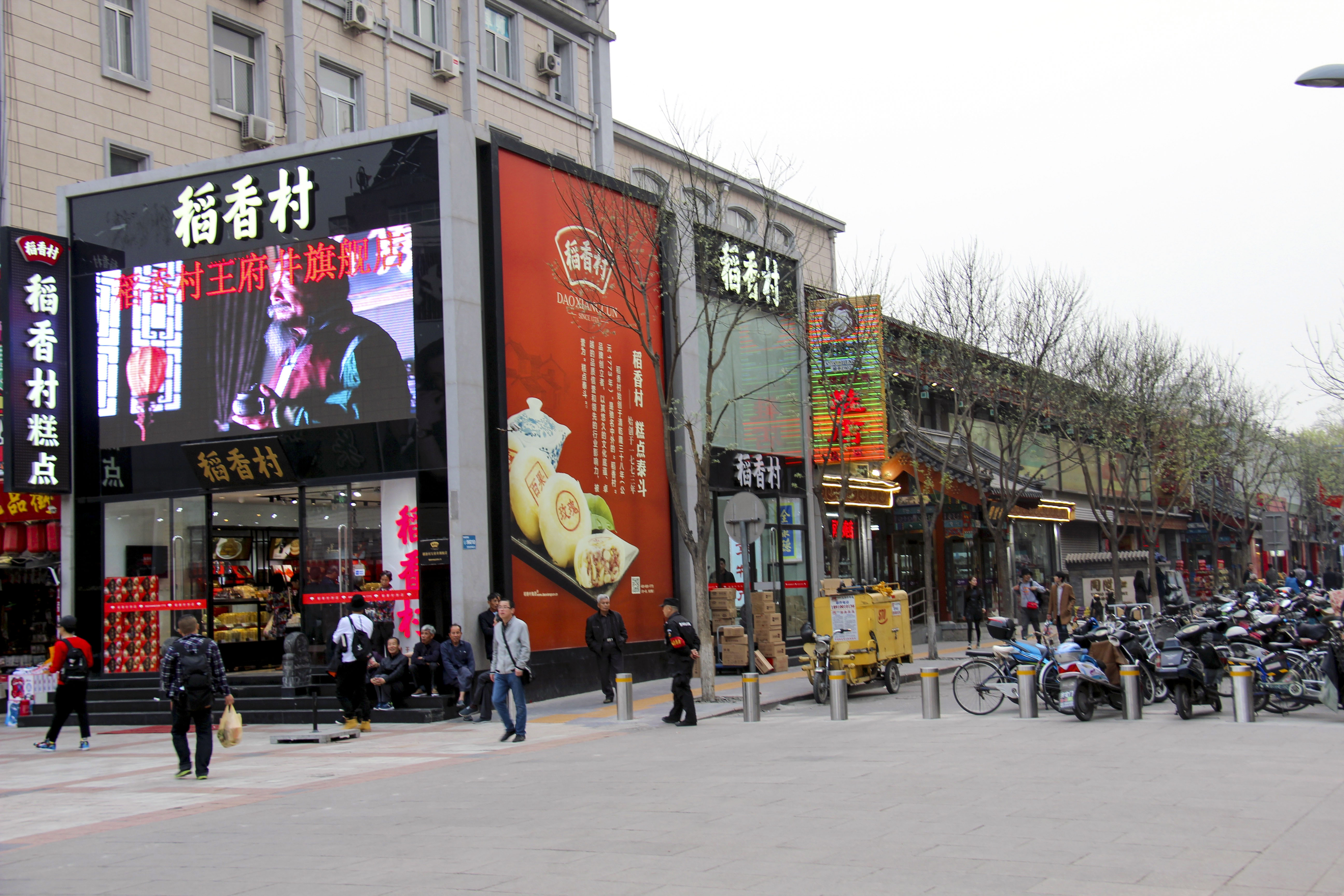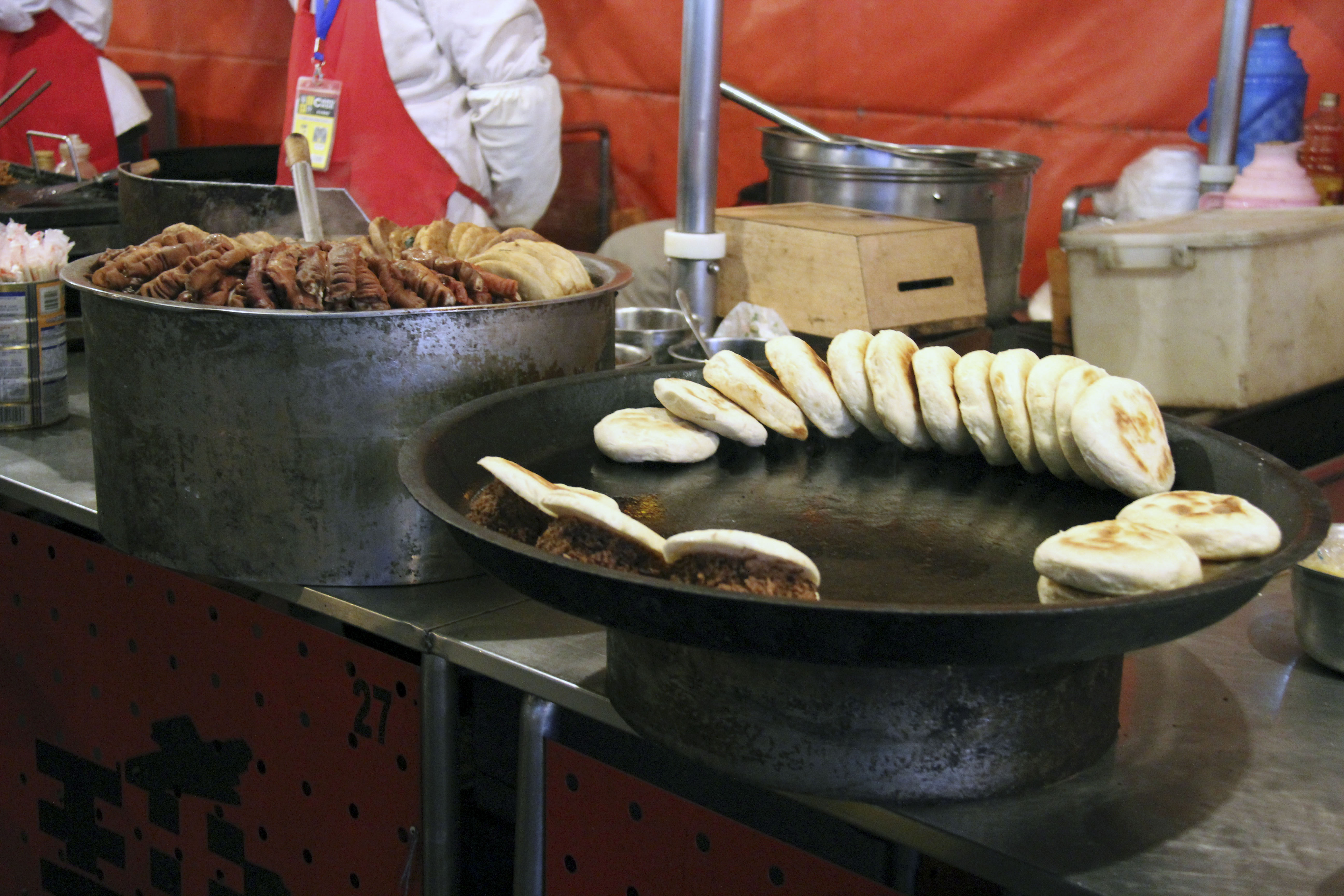Travel enthusiasts like myself all have a bucket list; and somewhere in between world wonders like the Great Pyramids of Giza, Machu Picchu and Victoria Falls are also some famous streets and avenues. Ones that immediately come to mind are the Champs-Elysées in Paris, Broadway in New York, La Rambla in Barcelona, or Hollywood Boulevard. But how many of those legendary streets boast a continuous history of nearly seven hundred years?
One such celebrated thoroughfare which does have this ancient street cred (pun intended) is Wangfujing Street in Beijing, China. Located in the Dongcheng District, the center of Beijing — within a kilometer radius of the Forbidden City and Tiananmen Square, it traces its origins all the way back to the middle of the Ming Dynasty.
Wangfujing Street owes its name to ten aristocratic estates and royal mansions which were built there, during the Quing Dynasty, after the discovery of a sweet water well. Therefore, the street name from the Chinese words "Wang Fu" (royal mansion) and "Jing" (well).
It’s currently the busiest street in Beijing, frequented by around 600,000 people on a daily basis — a number which rises to over a million on holidays. Throughout its history, Wangfujing has been a bustling commercial district. Today, it features some of the world’s top brand, like an Apple store, and a thriving market of stores, densely packed restaurants, and exotic street food stalls.
The Wangfujing snack street, located west of the main street, is a favorite of tourists eager to having the experience of eating a live deep fried scorpion or seahorse on a stick. Another popular street food item is chuan — which are small pieces of meat roasted on skewers. Chuan, also known as chuan’r, is an influence of Chinese Islamic cuisine of the Uyghur people and other Chinese Muslims.
Since around the year 2000, Wangfujing has been a pedestrian only street. At night, the wide avenue is flush with the bright lights from the commercial billboards an buildings. Wangfujing Street is often referred to as the Chinese Champs-Elysées. Since the mid-1980’s, local and foreign food lovers have waited for nightfall with anticipation for the nightly opening of Beijing's nearby Donghuamen night market.
I was lucky enough to see this famous night market just a few weeks before it officially closed for good on June 25, 2016. The Donghuamen night market became the victim of locals who complained of noise levels and the strong food smells emanating from the market. City officials also cited improper food storage practices as a reason for the closure.
But not to worry for those who still haven't crossed off eating a live scorpion on a stick on their travel bucket list! Many exotic foods, including sheep's particular parts, deep fried crickets, centipedes, silk worms and octopus are still served on Wangfujing snack street.

